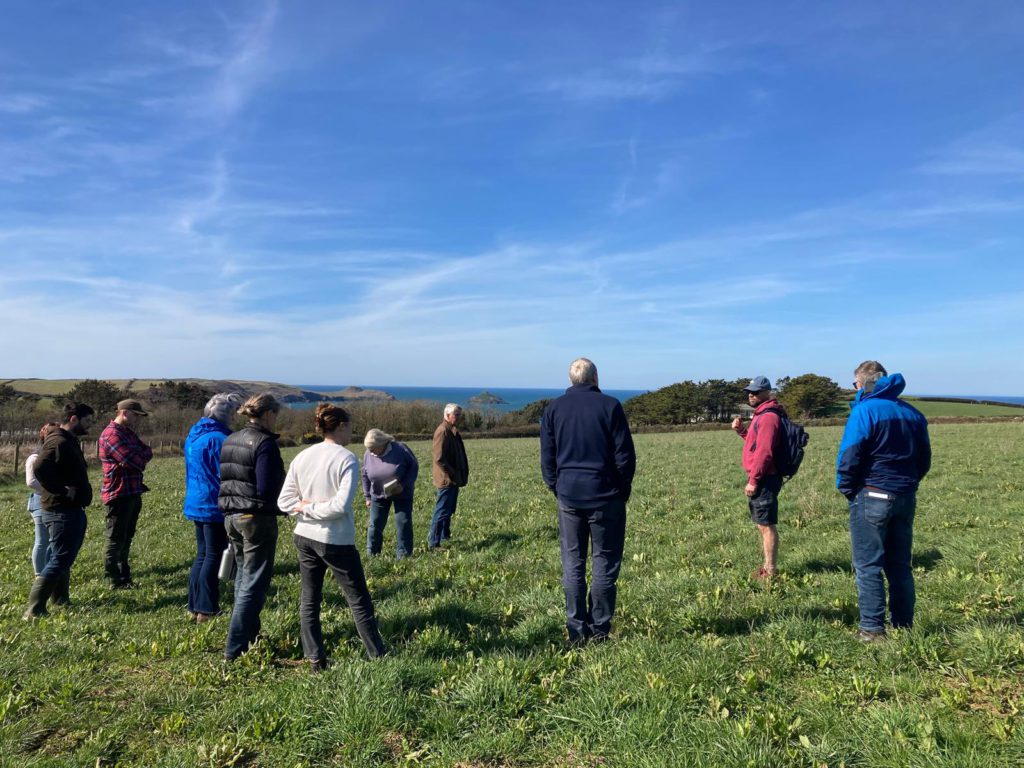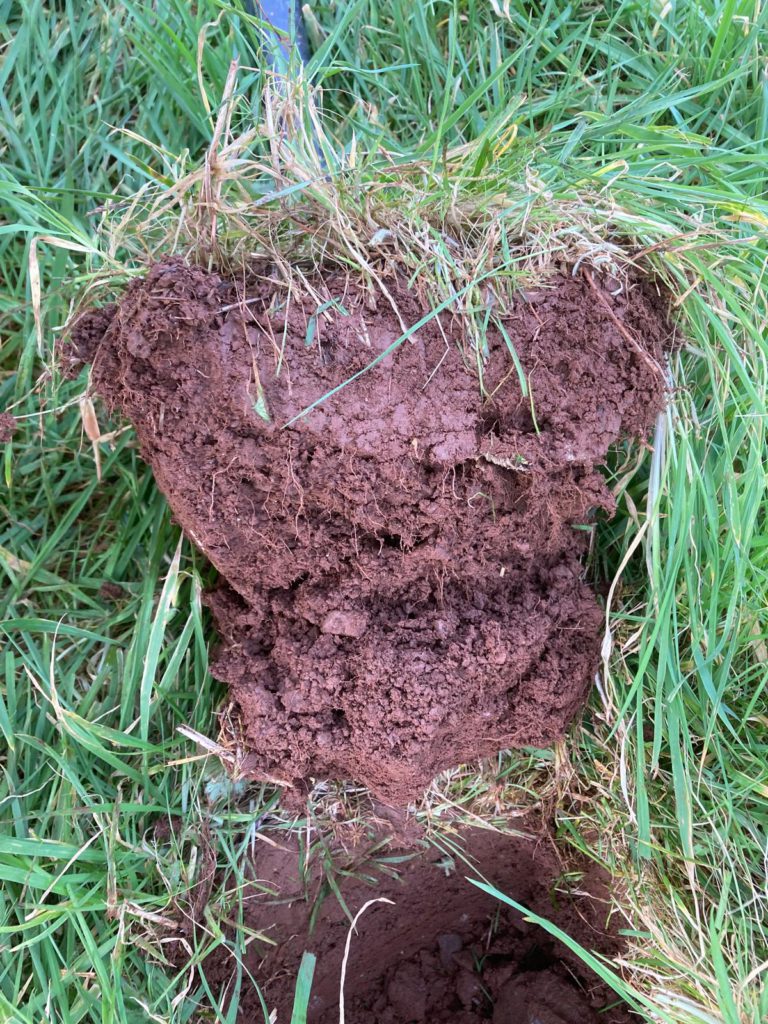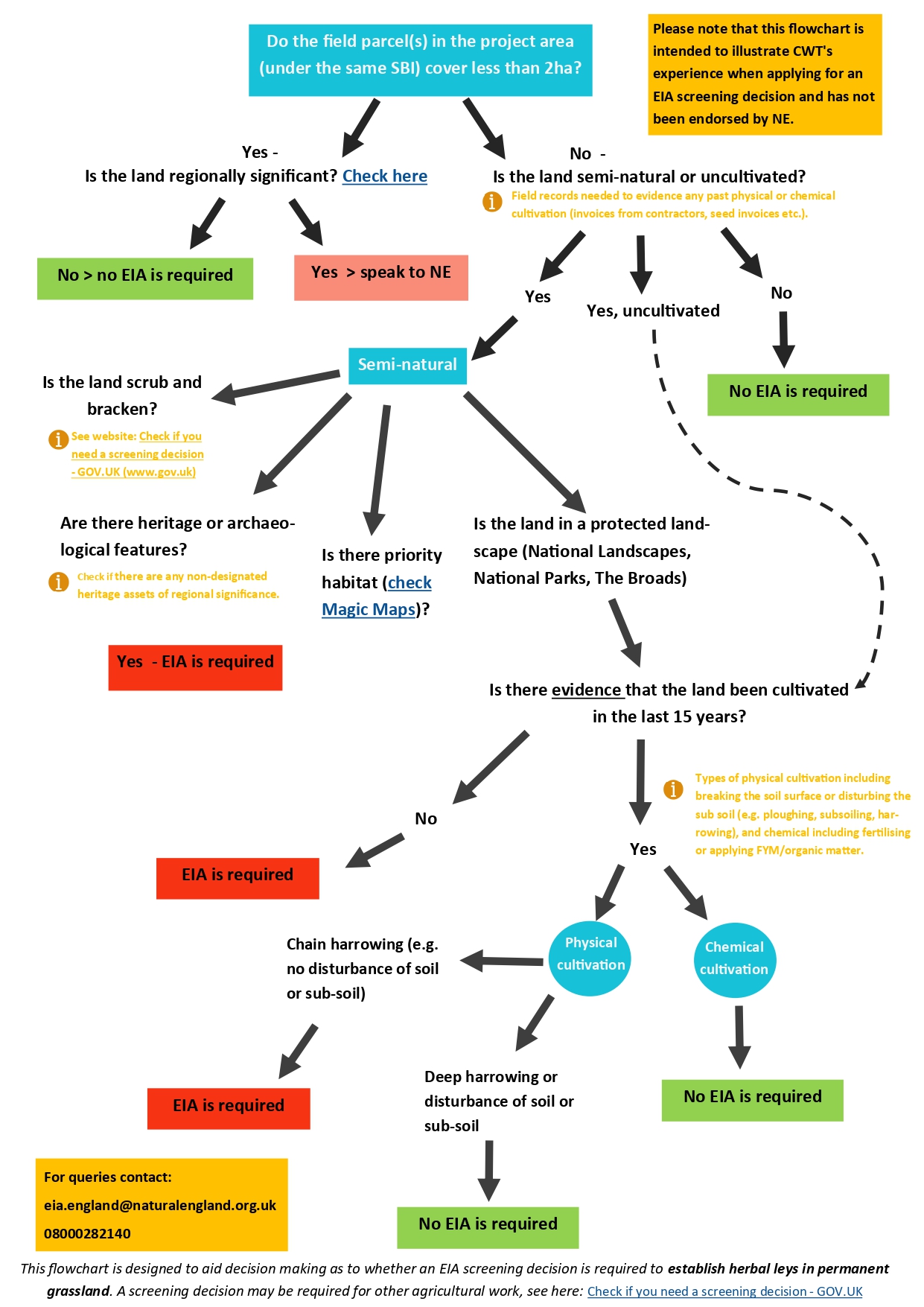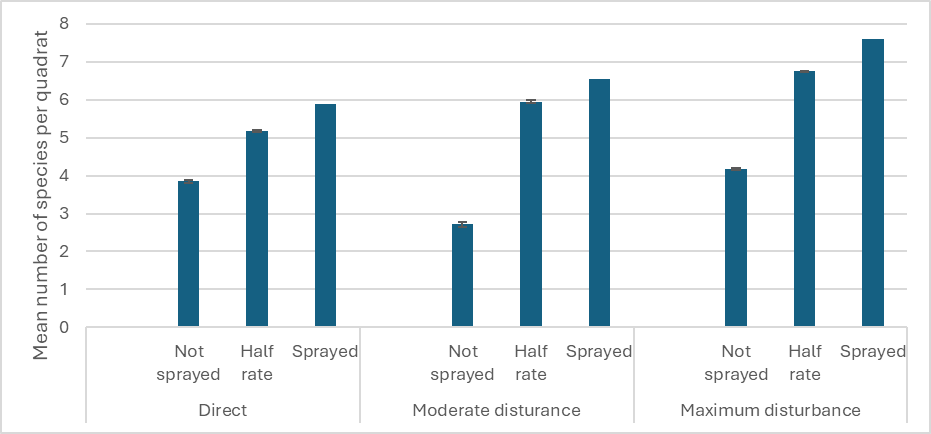Project name: Cornwall HELEN: Cornwall HErbal Ley Establishment Network
Funding: This project was funded by the DEFRA Farming in Protected Landscapes Programme
Timing: March 2024 to March 2025 with a project extension until March 2026




Background
Permanent pastures have a history of low levels of mechanical and chemical intervention due to a combination of access, topography, and in some cases archaeological areas which require protection from intensive cultivation methods. In Areas of Outstanding Natural Beauty (AONBs) further consideration needs to include landscape character, natural beauty, plant species diversity and unique historical and geological features. Environmental Impact Assessment (EIA) regulations are in place to protect this diversity (Natural England, 2017).
The Problem
In some cases, permanent pastures have low botanical diversity and low productivity and are dominated by weed grasses with low palatability to livestock. In addition, without careful management of grazing, these pastures can become compacted, which results in poor levels of water infiltration, increased greenhouse gas emissions, as well as low productivity (e.g. Davies et al, 2009; Soane & van Ouwerkerk, 1995). Poor water infiltration has implications for downstream flooding and the washing of livestock manure into water courses. Furthermore, unproductive pastures reduce the efficiency of livestock production by increasing the land area and time required for beef or sheep to reach finishing weight.
Resolution
Many farmers have applied ‘over-seeding’ or ‘stitching-in’ techniques to re-invigorate permanent pastures with herbal leys, but successful herbal ley establishment is variable. Therefore, there is a need to review the state of permanent pastures and, where appropriate, to address soil health and productivity limitations, but with EIA compliance.


Project Objectives
In the HELEN project, we set out to:
(1) Review the details and process required for the Environmental Impact Assessment (EIA) regulations to allow permissible and successful overseeding of permanent pastures in National Landscapes.
(2) Identify the most successful EIA-compliant overseeding methods for permanent pastures.
Results
Throughout this process, it became apparent that many stakeholders – including farmers, advisors and consulting organisations – were not aware of the EIA regulations and found the process difficult to navigate. Additional investment is also required to pay for the searches associated with the proposed site, which include archaeological, land designation and biodiversity criteria.


The collaborating farmers trialled a combination of drills spanning direct drills, tine drills and rotaseeder (or rotavator plus drill) machinery with or without varying rates of the herbicide glyphosate. The number of herbal ley plant species had the highest establishment rate with the rotaseeder sowing method which has an even greater success if half rate glyphosate was used (full rate showed no greater efficacy). If a tine or a direct seeder was used, full rate glyphosate was the most effective. The direct drill was the least effective at establishment of the herbal ley.
The herbal ley species which established was strongly influenced by site. Based on this first year of findings it is recommended that herbal ley over seeding mixes are designed based on soil acidity, and relative water saturation of a field.
The highest species numbers were significantly recorded where there were the maximum disturbed drilling techniques with half or full glyphosate rate. For moderately disturbance drilling, full rate glyphosate was significantly better than at half rate. For the direct drilled plots, there was no significant effect of spray with an average of between 4 and 5 species establishing

The interaction between drill and use of glyphosate on the number of herbal ley species establishing in a permanent pasture. Error bars indicated standard error.
When all data is taken together, chicory and white clover were favoured by the more intensive drill method. All other species with exception to ryegrass was favoured by the glyphosate treatment. It is worth noting that generally half rate glyphosate was generally as effective as full rate glyphosate.
There were differences in species that thrived at individual sites. Of note, no chicory was recorded at the farm with the lowest acidity but also relatively well draining due to the field gradient. At the wetter and higher pH site chicory was thriving, with adequate (above 40%) of plantain.
The VESS score for the upper layer of soil (~0-10cm depth) was significantly better with the tine weeder compared to either the direct drill or the rotaseeder drill . There was no interaction between spray treatment and drill. There was no significant effect of drill, spray or a combination of the two treatments on lower VESS score (~20-30cm depth).

